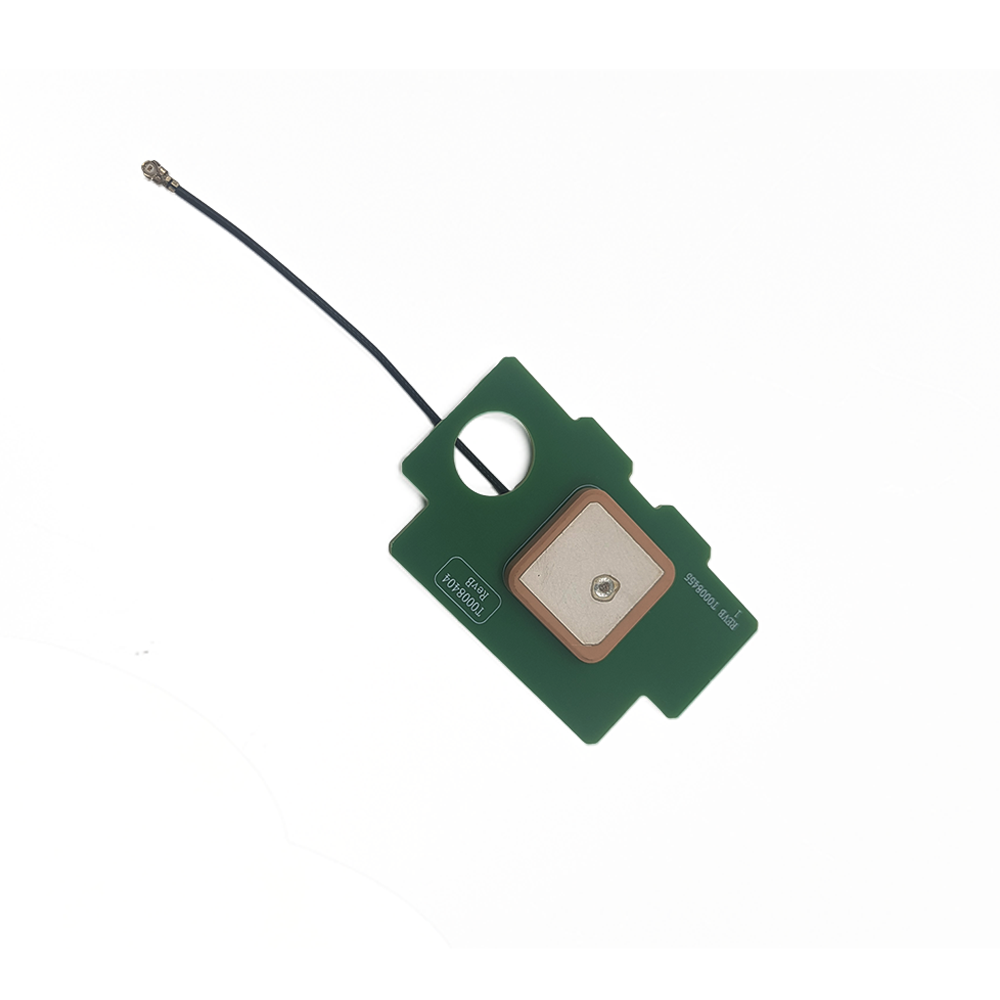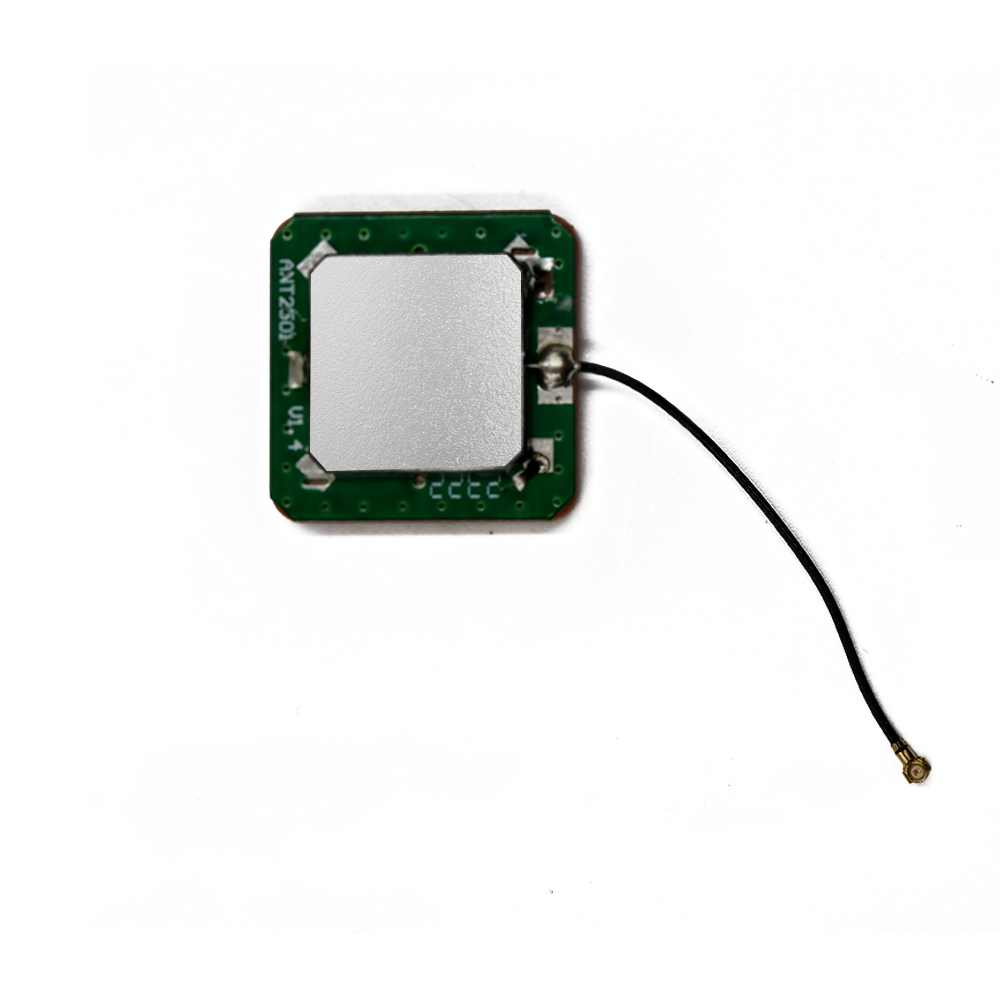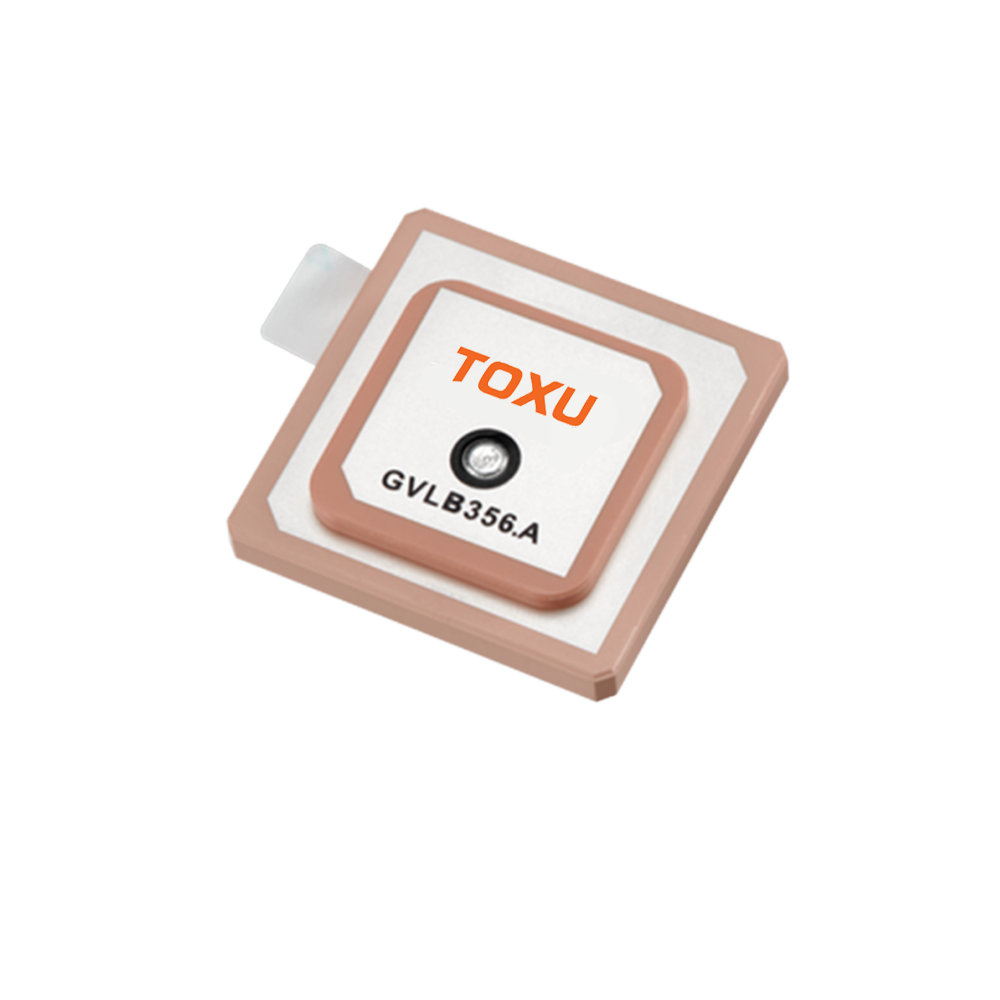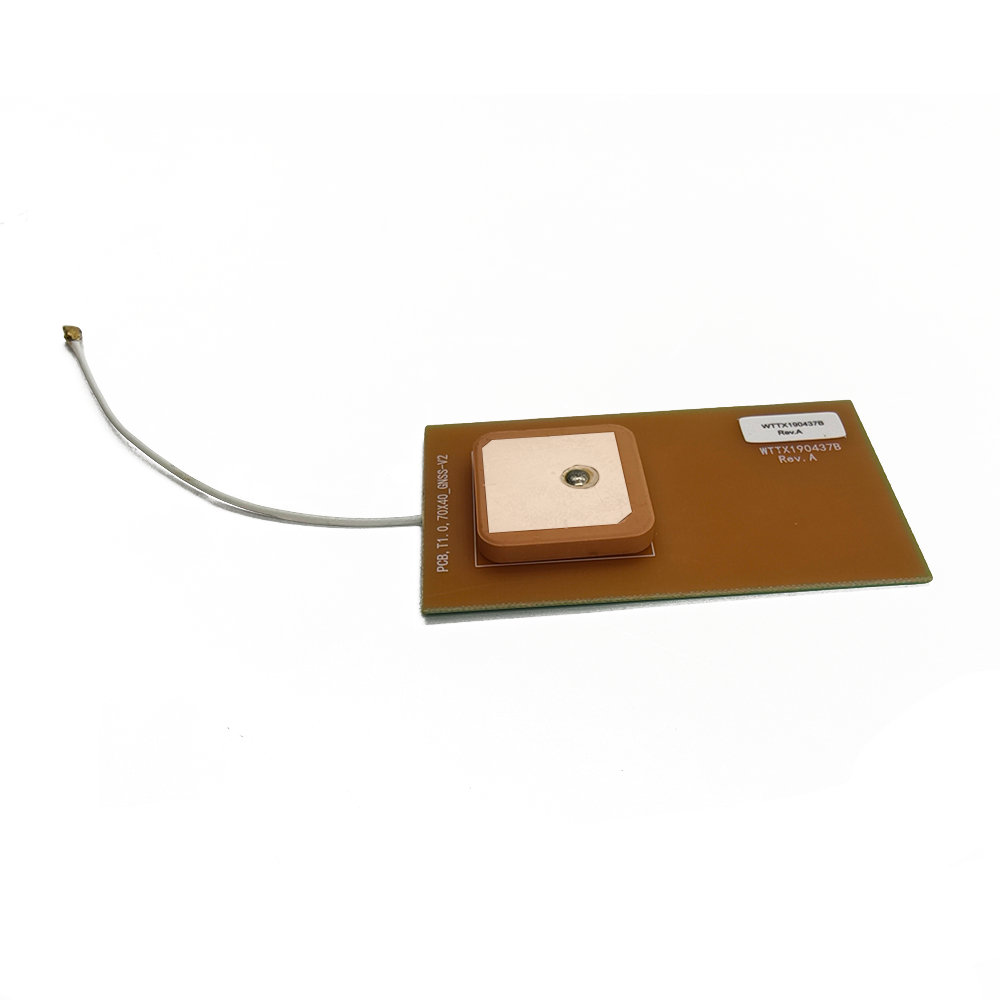Applications
The built-in GNSS RTK antenna has a wide range of applications across multiple industries. In the automotive industry, it is used in autonomous driving systems and advanced driver assistance systems (ADAS). For autonomous vehicles, the high accuracy of the antenna enables precise navigation, lane positioning, and obstacle detection, ensuring safe and reliable operation on the roads. In ADAS, it provides accurate location data for features such as lane departure warning, adaptive cruise control, and automatic emergency braking, enhancing road safety.
In precision agriculture, the antenna plays a crucial role in modern farming practices. Farmers can use RTK-equipped devices, such as tractors and drones, to precisely map fields, plant seeds with high accuracy, and apply fertilizers and pesticides only where needed. This not only increases crop yields but also reduces the use of chemicals, making agriculture more sustainable.
For surveying and mapping, the built-in GNSS RTK antenna offers a more efficient and accurate alternative to traditional methods. Surveyors can quickly and accurately measure land boundaries, create detailed topographic maps, and monitor construction sites. The high accuracy of the antenna allows for the collection of precise data, reducing the time and cost associated with surveying projects.
In the drone industry, RTK-equipped drones are used for a variety of applications, including aerial photography, surveying, and delivery services. The high accuracy positioning provided by the antenna allows drones to fly precise routes, capture high-quality images, and deliver packages to specific locations with a high degree of reliability.
Future Trends
Looking ahead, several future trends are set to shape the development of built-in GNSS RTK antennas. One trend is the further integration of emerging satellite navigation systems and the enhancement of multi-system compatibility. As new satellite constellations are launched and existing systems are upgraded, future antennas will be designed to support a wider range of frequencies and signals, providing even more accurate and reliable positioning.
Another trend is the miniaturization and integration of antenna components. With the continuous development of semiconductor technology and advanced manufacturing techniques, there will be a push to make GNSS RTK antennas even smaller and more energy-efficient. This will enable their integration into a wider range of devices, including small IoT sensors, wearable devices, and miniature drones.
The integration of artificial intelligence (AI) and machine learning (ML) with GNSS RTK antennas is also an emerging trend. AI and ML algorithms can be used to optimize the antenna's performance, adapt to changing environmental conditions, and improve signal processing in the presence of interference. For example, AI can analyze real-time data from the antenna and other sensors to predict and mitigate the effects of interference, enhancing the overall accuracy and reliability of the positioning system.
There is also a growing interest in using GNSS RTK technology for indoor positioning. While traditional GNSS is mainly for outdoor use, researchers are exploring ways to adapt the technology for indoor environments, such as large warehouses, airports, and shopping malls. Built-in GNSS RTK antennas may play a crucial role in this development, enabling accurate indoor positioning for applications like asset tracking, navigation, and inventory management.
Conclusion
In conclusion, the built-in GNSS RTK antenna represents a significant advancement in positioning technology, offering high accuracy, multi-system compatibility, and excellent integration capabilities. These features have made it an essential component in a wide range of applications across various industries, driving innovation and enhancing operational efficiency.
However, the challenges associated with the complexity of the RTK system, interference, environmental factors, and manufacturing consistency must be addressed to further promote its widespread adoption. Continued research and development efforts from both academia and industry are needed to overcome these challenges.
Looking to the future, with the emergence of trends such as enhanced multi-system compatibility, miniaturization, the integration of AI and ML, and indoor positioning applications, the built-in GNSS RTK antenna is poised to play an even more significant role in the evolution of positioning technology. As these trends develop, devices equipped with these advanced antennas will be able to achieve even higher levels of accuracy, reliability, and functionality, opening up new possibilities for a wide range of industries and applications.




































































 Language
Language
 En
En Cn
Cn Korean
Korean

 Home >
Home > 








 18665803017 (Macro)
18665803017 (Macro)













